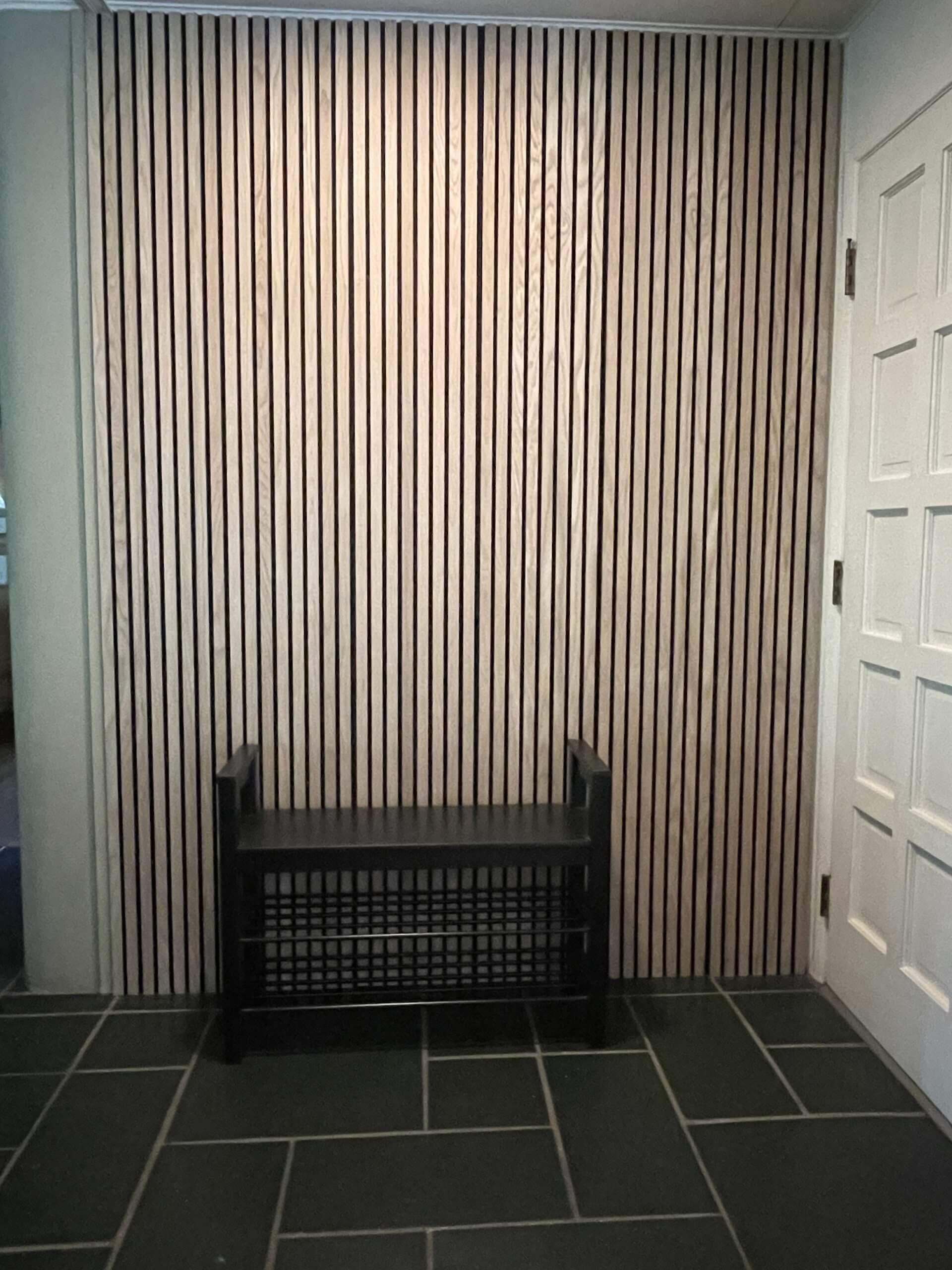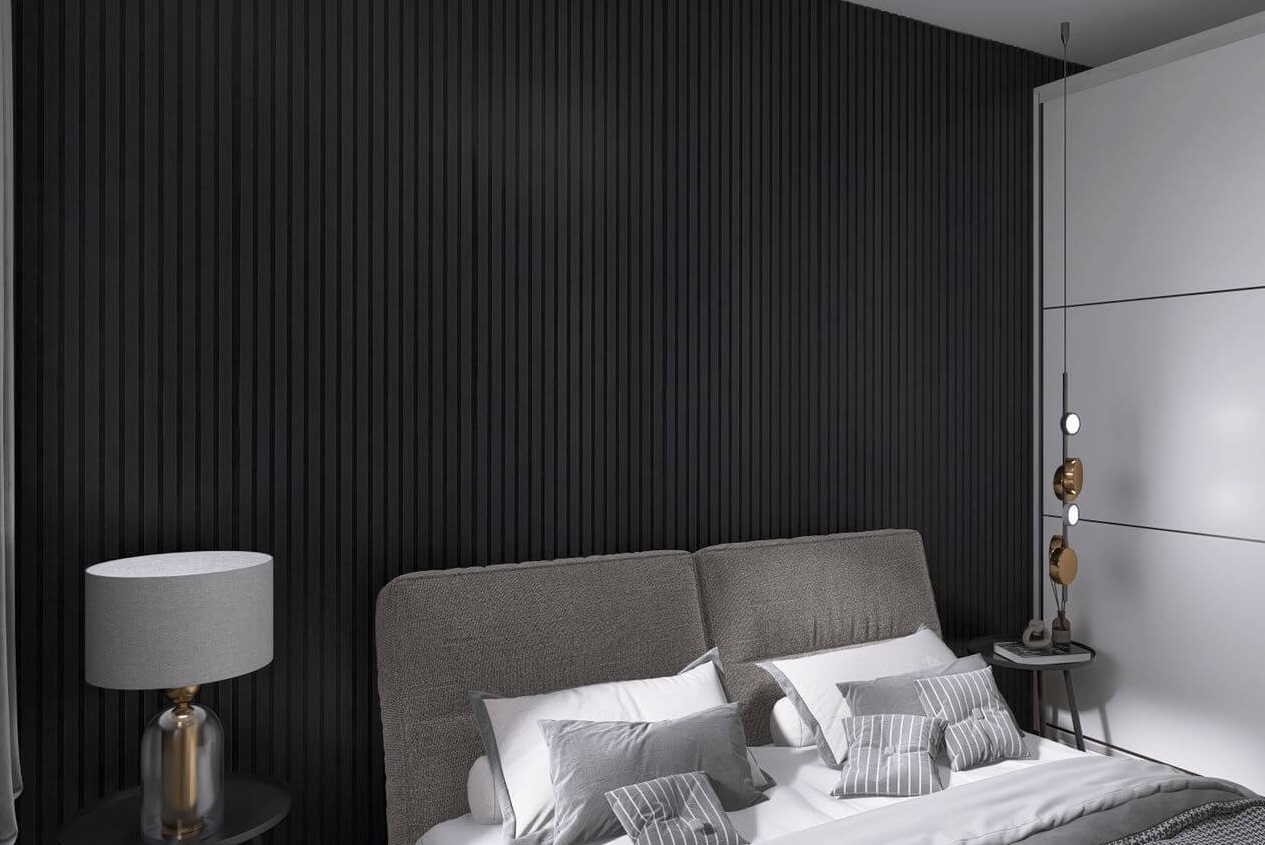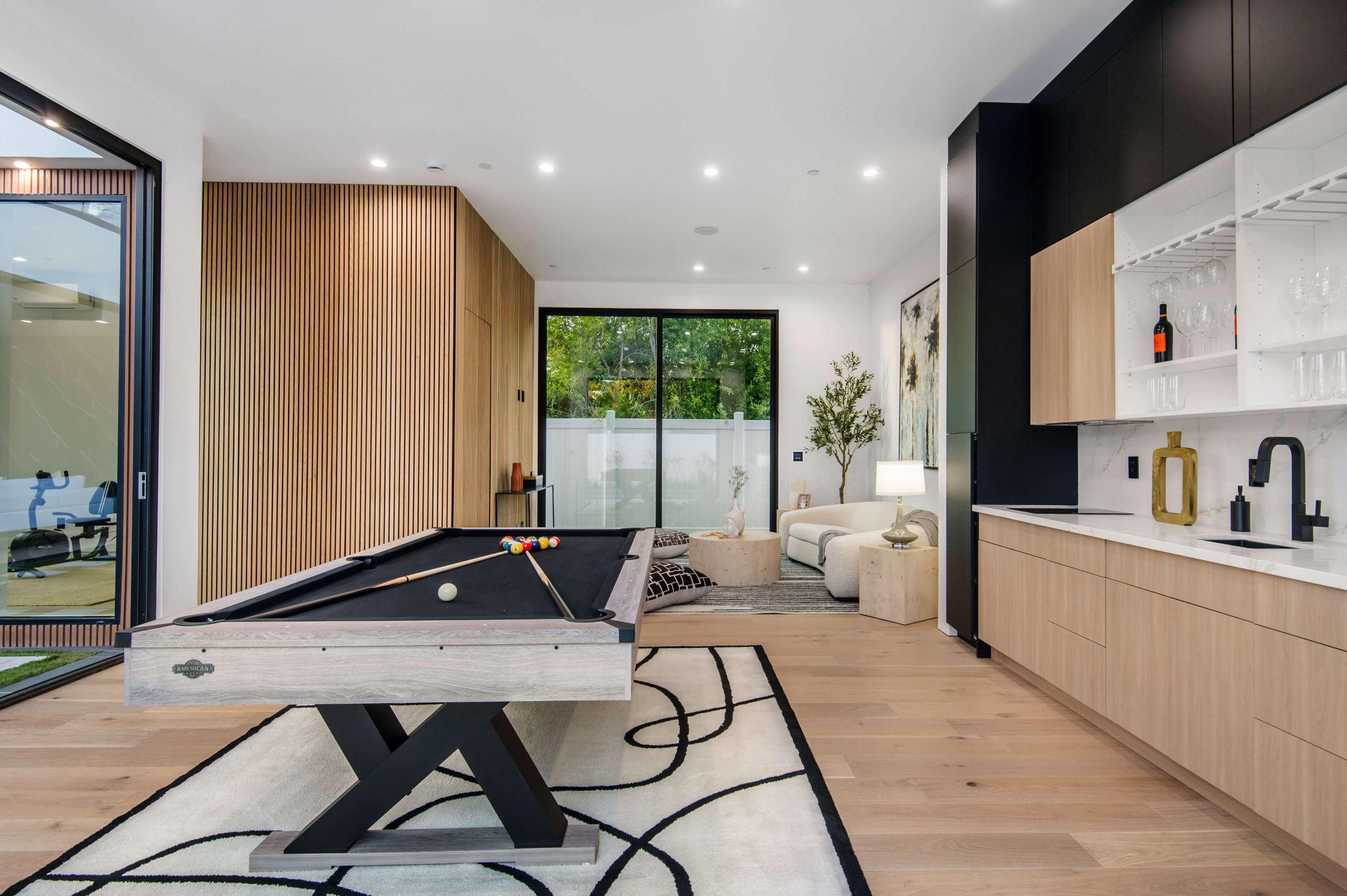Choosing the right type of wood paneling can be confusing, especially when you’re deciding between plywood or solid wood. Both have great qualities, and both can bring beauty to your space. But which one is really the best choice for panels?
Let’s walk you through what makes each option special, how they’re used, and how to know which one fits your needs best.
When people think of wood panels, they usually imagine smooth, warm textures on walls, ceilings, or furniture. These panels set the mood for a room. But the material behind that look matters a lot. Between plywood or solid wood, each tells a different story—about cost, durability, appearance, and even how they handle everyday wear and tear.
Here’s a simple way to think about it:
- Plywood is made by gluing thin layers of wood together.
- Solid wood is exactly what it sounds like—a single piece of real, natural wood.
Now let’s dig into the details to see how they compare.
Durability and Strength: Plywood or Solid Wood
When it comes to strength, plywood or solid wood both have their own superpowers.
Plywood is known for its ability to resist cracking, shrinking, or warping. That’s because it’s built in layers, with grains running in different directions. This makes it very strong even under pressure. It works well in humid spaces like bathrooms or basements.
Solid wood, on the other hand, is strong in a different way. It has a solid, thick core that makes it durable and long-lasting. But it can react to weather changes. In really humid or really dry places, it might swell or shrink.
Key Differences in Durability
- Plywood: Handles moisture better, resists warping.
- Solid Wood: Super strong, but more sensitive to changes in humidity.
Appearance and Style: Plywood or Solid Wood
Let’s talk about looks. The feel and vibe of a room often come down to the materials used. Between plywood or solid wood, what you see and feel can be totally different.
Solid wood has a natural, beautiful grain. No two panels are exactly alike. It brings a rich, classic charm to any room.
Plywood has a smoother, more consistent look. Many times, it’s covered with a thin layer of real wood veneer to make it look like solid wood. This gives you the beauty without the big price tag.
Visual Guide to Choosing Style
| Feature | Plywood | Solid Wood |
|---|---|---|
| Grain Pattern | Even and smooth | Unique and natural |
| Color Options | Easy to paint or veneer | Natural wood tones only |
| Texture | Sleek surface | Rich and deep textures |
Price and Budget: Plywood or Solid Wood
Let’s be honest—money matters. And this is where the choice between plywood or solid wood really starts to show big differences.
Plywood is more affordable. It’s made from smaller pieces, so it costs less to produce. That makes it a top pick for large projects where you need a lot of material.
Solid wood is a premium choice. Since it’s made from whole pieces of lumber, it costs more. But many people believe it’s worth the investment for that timeless look.
Price Comparison (Rough Estimates)
- Plywood Panels: $20–$50 per sheet
- Solid Wood Panels: $80–$150 per panel
You can find great plywood paneling ideas over at this helpful guide on plywood wall paneling.
Installation and Use: Plywood or Solid Wood
Ease of use is a big deal, especially if you’re planning to do the work yourself. Between plywood or solid wood, there are some clear differences in how easy they are to handle.
Plywood is lighter, easier to cut, and simpler to install. It holds nails and screws well. Many DIY lovers choose it for quick makeovers.
Solid wood is heavier and harder to cut without the right tools. But once it’s in place, it feels strong and permanent.
Common Uses:
- Plywood:
- Accent walls
- Ceiling panels
- Furniture backing
- DIY wall shelves
- Solid Wood:
- High-end wall treatments
- Custom cabinetry
- Rustic ceiling beams
- Luxury furniture
Need help deciding what fits your home best? Take a look at our full selection of wall wood panels here.
Sustainability and Eco-Friendliness: Plywood or Solid Wood
We all want to make smart choices for the planet. So how do plywood or solid wood stack up in terms of sustainability?
Plywood uses less wood overall, which makes it a more eco-efficient choice. When made with formaldehyde-free glue and sourced responsibly, it can be a very green material.
Solid wood, especially when harvested responsibly, is also eco-friendly. But it does take more raw wood to produce a single panel.
Here are some eco-facts to keep in mind:
- Look for FSC-certified wood
- Check for low-VOC glues in plywood
- Choose local materials to cut down transport pollution
Final Thoughts on Plywood or Solid Wood
There’s no one-size-fits-all answer when picking between plywood or solid wood. It really depends on your budget, the room you’re working on, and the style you want. If you’re after easy installation and saving money, plywood is a smart pick. If you’re going for rich character and don’t mind spending more, solid wood is the way to go.
Here’s a quick recap:
Choose plywood if:
- You want something affordable
- You like DIY projects
- You need panels for humid spaces
Go with solid wood if:
- You love natural grain patterns
- You want luxury and long life
- You’re updating a special or formal space
Still on the fence? Check out our premium wood panel options and get inspired by what’s possible.
No matter what you pick, just know that your walls will thank you for the upgrade!
FAQs
1. How do I know whether plywood or solid wood is better for my wall panels?
If you’re looking for a budget-friendly, easy-to-install option, plywood is a great choice. It’s lightweight, stable, and handles moisture better. But if you’re aiming for a luxurious look with rich natural grain and long-lasting strength, solid wood is worth the investment—especially for formal or high-end rooms.
2. Will solid wood warp or crack over time in humid areas?
Yes, solid wood can expand or shrink with changes in humidity. That’s why it’s not always ideal for bathrooms, basements, or kitchens unless you have good moisture control. Plywood performs better in those conditions thanks to its layered structure.
3. Can I install plywood wall panels by myself?
Absolutely! Plywood is DIY-friendly. It’s easier to cut, nail, and screw compared to solid wood. As long as you have basic tools and a plan, you can upgrade your walls on your own without hiring a contractor.
4. Is plywood a durable long-term solution for wood paneling?
Yes, quality plywood can last a long time—especially when it’s well-sealed and maintained. While it may not have the same natural depth as solid wood, it’s built to resist warping and cracking, making it a smart and lasting option for many spaces.
5. Where can we shop for high-quality wood wall panels online?
You can explore a wide range of premium wood panels at Wood Panel Wall and Wood Panel Walls. They offer both plywood and solid wood options, along with helpful resources to guide your decision.








